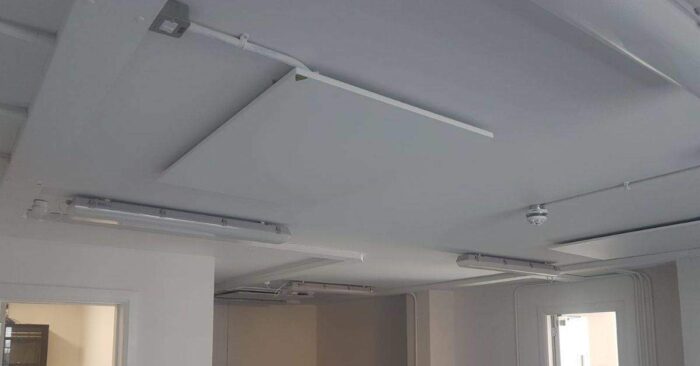The infra-panel combined with a solar system is becoming increasingly popular among those looking for a sustainable and economical energy source for their home. A key component of a home solar system is the battery, which allows energy to be stored.
The infra-panel uses 98% of the energy consumed, so that alone is a huge saving. Of course, if a solar system can cover some or all of your energy needs, that's even better. When designing a combined system, it is important to take into account the energy use of your home and to determine the exact location, output, size and capacity of the infra-panels.
To ensure a continuous energy supply for your home, the energy produced needs to be stored. So one of the most important parts of a home solar system is the battery. There are many types of solar battery and of course they can differ in performance, price and lifetime.
Types of solar batteries
Lead acid batteries
Lead-acid solar batteries are simple and easy to use, and their low cost makes them the most popular on the market. The disadvantage is that they do not have as long a lifespan as more modern batteries.
Lithium-ion batteries
They are very popular because they have a long lifetime, are very efficient and have a very good charging capacity, so they can store a lot of energy. They have a higher energy density than lead acid solar batteries, making them lighter and smaller.
Redox flow batteries
The main advantage of a flow solar battery is that it can store large amounts of energy and is particularly efficient in generating solar power. It is easy to expand and has a larger storage capacity than other types of batteries. The disadvantage is that it is larger and heavier, which limits its installation possibilities. It is also currently in the more expensive category.
Sodium nickel chloride batteries
They are very safe and reliable solar batteries, and they work well in extreme temperatures. This last feature can be an advantage in hot climates. The disadvantage is that they have a high installation cost and are heavier than other types.
Other aspects of solar battery selection
Storage capacity. The capacity of a solar battery is given in Watt-hours (Wh), which is the amount of energy that the battery can store. To calculate the required capacity, it is important to assess your own energy needs, your energy consumption habits (e.g. night time use) and the size of your solar system.
Size. The size of the battery is determined by the size of your overall solar system, but it also depends to a large extent on the conditions of the installation site.
Lifespan. This depends largely on the type of solar battery (see above), the operation and the weather conditions.
Manufacturer. It is worth choosing products from a well-known, reliable manufacturer, even if they are slightly higher in price, as this is a long-term investment and it is important that our solar system serves us for as long as possible.
It is very important that whatever type of solar battery you choose, you also pay proper attention to its maintenance. Only entrust the installation to a professional. The installation of infra-panels is a much simpler process, in fact it can be done without destroying anything, in a short time and without any authorisation.







